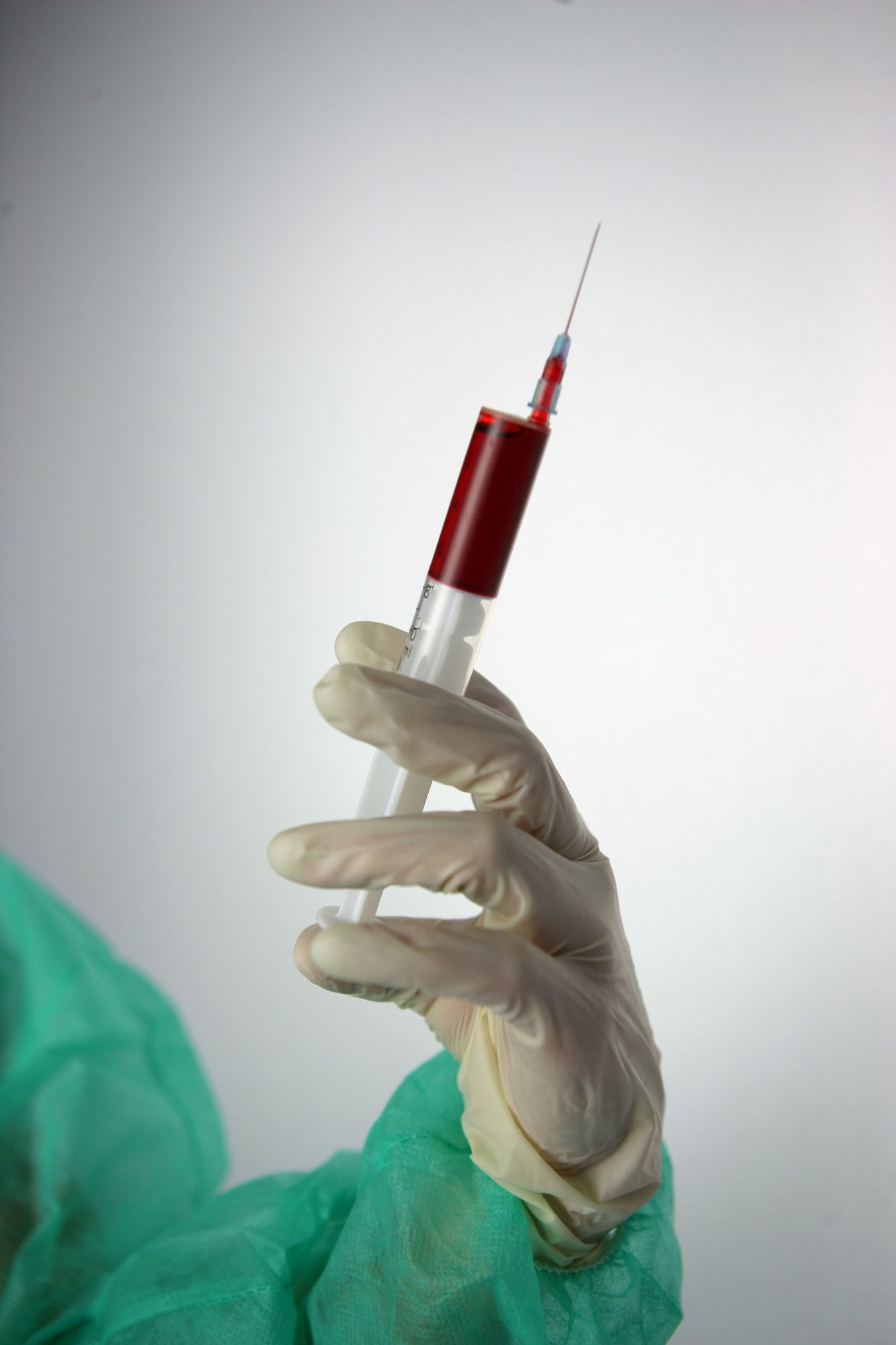-
 GTP
GTP
-
 WEP
WEP
-
 Polystyrene
Polystyrene
-
 Influenza
Influenza
-
 API
API
-
 Citric acid cycle
Citric acid cycle
-
 Penumbra
Penumbra
-
 Urate
Urate
-
 Carotene
Carotene
-
 Hiccups
Hiccups
-
 Hairless
Hairless
-
 Virtual water
Virtual water
-
 VDSL 2
VDSL 2
-
 3GPP
3GPP
-
 Educational software
Educational software
-
 Mount Palomar observatory
Mount Palomar observatory
-
 Decussation
Decussation
-
 Monomer
Monomer
-
 Monosaccharides
Monosaccharides
-
 Tornado
Tornado
-
 Speleology
Speleology
-
 Antibiotic sensitivity profile
Antibiotic sensitivity profile
-
 Jet Propulsion Laboratory
Jet Propulsion Laboratory
-
 Pandiculation
Pandiculation
-
 Piciformes
Piciformes
-
 Switched virtual circuit
Switched virtual circuit
-
 Elixir
Elixir
-
 Young modulus
Young modulus
-
 Gallbladder
Gallbladder
-
 Lamellar
Lamellar
Low molecular weight heparin
Low molecular weight heparins (LMWH) are obtained from unfractionated heparins and belong to the class of injectable anticoagulants. They differ from standard heparins by their structure and molecular weight. Like their cousins, the LMWH are also used for prevention and for the treatment of venous and arterial thrombo-embolic events (thromboses, pulmonary emboli).
How do the low molecular weight heparins work?
The LMWH have a very similar mechanism of action to the unfractionated heparins. They inhibit two coagulation factors: thrombin and factor X. The way of monitoring and the frequency of injections (one per day compared to at least two per day for the standard heparins) are however different.
Do they have contraindications or precautions?
Like all of the anticoagulants, patients must be monitored because of a risk of bleeding. On the other hand, doctors generally believe that the LMWH are easier to handle than standard heparins as they are administered by subcutaneous injections. They also do not require multiple daily monitoring of the APTT (Activated Partial Thromboplastin Time) as applies to the unfractionated heparins.
Source: Interview with Dr Yannick Béjot, (Dijon University Hospital), 15 June 2011
 The low molecular weight heparins are injectable anticoagulants. © Phovoir
The low molecular weight heparins are injectable anticoagulants. © Phovoir
Latest
Fill out my online form.



